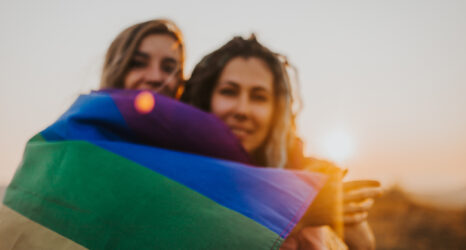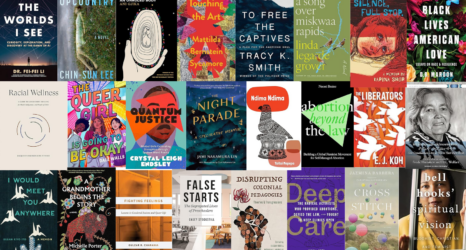Impending war, accelerating white supremacists movements, and a racist right wing President. I’m not describing 2020—unfortunately, these conditions are nothing new in United States history, and the 1980s set a foundation for what is happening today. We can learn from those who took action against racism and imperialism under the Reagan administration and built, to varying degrees of success, lasting movements for a more safe, dignified, and just world.
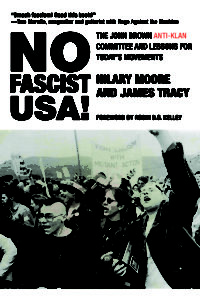
Trella Laughlin, a member of the racial justice organization John Brown Anti-Klan Committee, is one of the leaders from the 1980s that we should learn from. Laughlin is an 82-year-old white anti-imperialist living in NorthWest, Arkansas. She grew up in a segregated Jackson, Mississippi in the 1940s, eventually leaving to find home in 1970s lesbian separatist movements.
In 1974, Laughlin started a collective land project called Yellowhammer Farm in rural Madison County, Arkansas, growing food and experimenting in forms of governance. By the early 1980s, the New Right had unleashed its full political power culminating in the Reagan Administration which also emboldened a growing white supremacist movement. Like many others, Laughlin was drawn back into the mainstream—she moved to Austin, Texas, where anti-racist campaigns against gentrification and white supremacist recruitment were underway. She joined the John Brown Anti-Klan Committee, an anti-racist organization dedicated to countering the rise of the KKK and other far-right white nationalist groups and building support for movements fighting for self-determination.
Laughlin talked with Ms. about her transitions through different movements and the lessons she has gleaned from six decades of activism.
The interview has been edited for clarity and length.
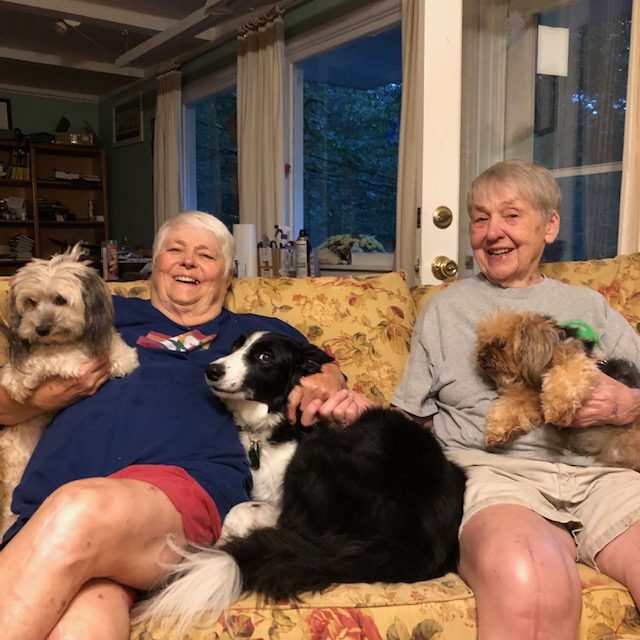
What compelled you to start a lesbian separatist community? How did that go?
As a lifelong lesbian, born in 1937, in Jackson, Mississippi, I never could find a niche. I wasn’t butch, I wasn’t femme. I was shy. I never did find the kind of lesbian I was until I went to Berkeley, where there was just strong women. We were separatists because we had worked in progressive or liberal movements where the men still took over. We couldn’t seem to find a way to share leadership or be equal. We had had enough. So, we thought by leaving we could finally have our own space. And for awhile, we did.
We didn’t have country living skills or communal living skills and we didn’t have good ways to solve conflicts. We just wanted to go to the woods and take our shirts off! We learned a lot from books along the way. We had a little garden, but we mostly worked at a co-op that had just started called Ozark Natural Foods. We all lived in tents and we built one communal structure. It was two stories with a sleeping loft.
We had about 20 people who regularly lived on the land and of course we had people drop in for periods of time. People found us through Lesbian Connections, a national publication from Ann Arbor, which is still running. Ms. Magazine also published an article about this and another project in a piece called the “Women’s Experimental Project.” People in the region heard of us because we went on a speaking tour on horseback to talk about the effects of Agent Orange being sprayed on crops, the same chemicals used against the Vietnamese people in the Vietnam war.
Yellowhammer taught me to shut up and listen until you know something worth saying, and this goes double when someone has walked a path you have never been on. I learned the hard truth of not living into our politics. We wanted to have a women’s living space that wasn’t based on money. This was a great idea because us middle class and upper class women put our money in, but we still didn’t know how to struggle with class. I mean, arguments are one thing and real struggle with love and understanding and boundaries is another. I also learned that separatism was a very defensive position. It didn’t change the power of women or the power of the people. It never felt quite comfortable with excluding good people that weren’t women. It didn’t make any spiritual sense to me.
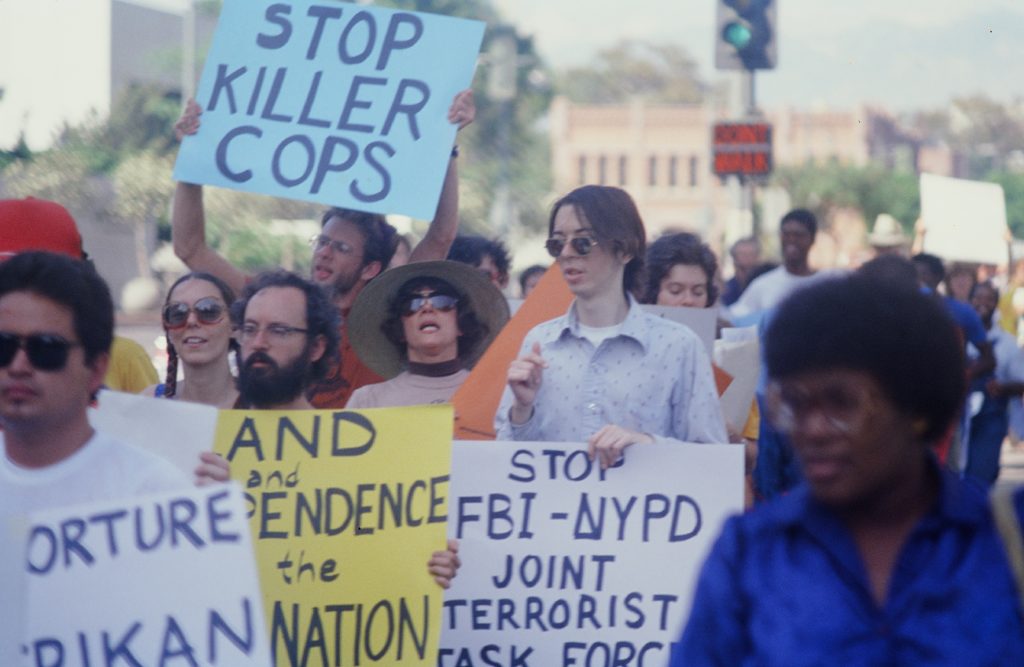
How did you find the John Brown Anti-Klan Committee?
I sold the land after most people had left. I distributed the money to the main people in the project and local feminist causes. My father had died and left me a little money. Then I went back to Austin to start over again. Linda Evans and Better Ann Duke were asking me to join an anti-racist movement where white people took a stand against the Klan. They started the John Brown chapter working with the fine people in the Black Citizens Task Force and the Brown Berets. These three groups had come together. The momentum of all this made it impossible not to join. Unity was compelling to me.
There were a lot of lesbians in John Brown. At the same time, we didn’t talk about that much. Some lesbian groups hated us, saying that we were under the thumb of Black men. I think we were drawn to John Brown because white lesbian culture was so selfish and racist at the time that we couldn’t stay there. As much as I love my sisters, our issues tend to be self-centered. I had been trying to fight for lesbian rights by living in the country with a bunch of dykes. That was limited. Fighting the Klan who hurt so many people. There was a heart to the work. Racism was more than theoretically wrong. I saw it in my life.
Looking back now, I still think John Brown was serious business. We had study groups. We took self-defense classes. We publicized connections between the cops and the Klan. We went to schools to talk to young people about racism. We organized events where white people could support the work of the Black Citizens Task Force. In 1982, the Klan marched through Austin, but our three groups brought 2,500 people out to shut them down. That was a good moment.
Of course, there were harder times. Sometimes in the streets, we would get some backlash from white people. Sometimes they would spit on us. We were militant and somewhat off-putting to church-going Black people. These were the contradictions at the time because it touched on somewhat stable integration. But for poor and working class Black people, and people who faced police harassment, I think they were glad we were putting pressure on white supremacy, the Klan and the politicians.
We had close relationships with people in Black Citizens Task Force, and that lasted even through the end of John Brown in Austin. When Linda and Betty went underground and it became “do the best you can.” We lost our coherence after this, we were mostly rushing around responding to different aspects of Klan activity.
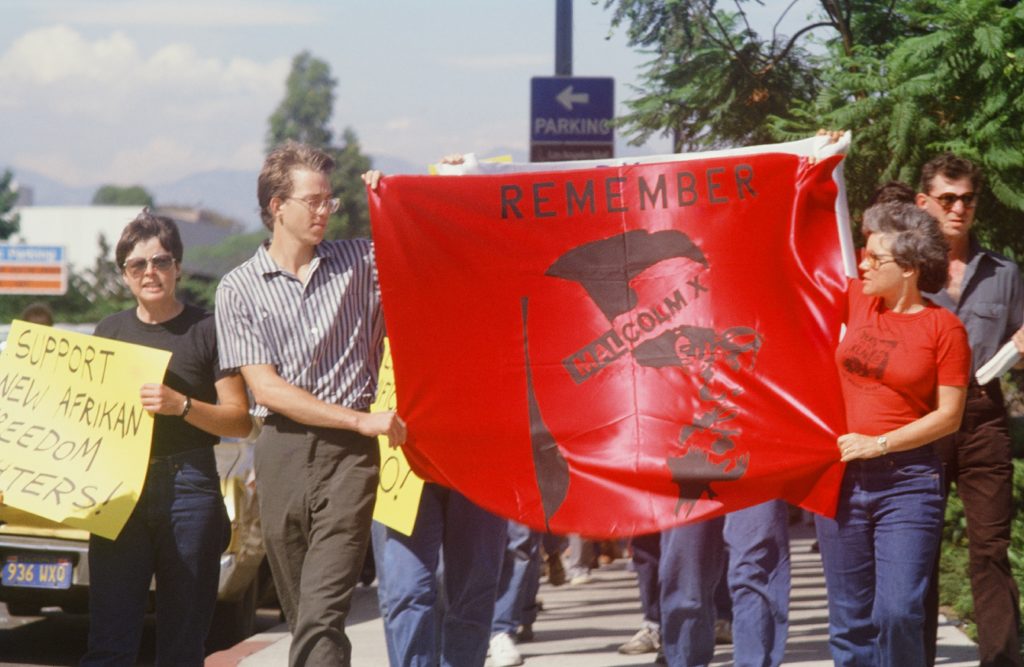
What do you want younger activists and organizers to know?
First, I think for any group challenging state power and actual white supremacists, know that suspicion within your organization can be like an epidemic. You have to watch it because it gets confusing. At worst, people start pointing fingers. This makes organizations fall apart quickly. We’re doing the FBI’s work for them. You have to find ways to weed out your own issues and stay in healthy relationships, even if infiltrators are close to the work. We had a few in John Brown, they mostly started arguments and tried to pick fights. That’s what I learned: There are ways to leave an organization that are principled and ways that are hurtful.
Yellowhammer and John Brown taught me that we all need to be leaders in our own way. Sometimes the leaders in John Brown wouldn’t provide leadership because they didn’t want to be authoritarian. Or they would over-do it when we didn’t need it. I think it’s common to swing from one side to the other. This gets at accountability. As a group this means developing a political kindness. We did this sometimes and fucked up sometimes. We would venture more into the “more correct than thou” approach. We didn’t know how to do it different. That’s my hope, that young people now have more skills on how to do that better. I want people to know that there is absolutely nothing wrong with receiving criticism—be thankful for it. Its best when we have humility and openness, and a desire to make changes and move forward together. I think Americans don’t know how to do this—we’re very defensive and ego-oriented, even in the movement.
At one point in John Brown, the organization had an internal mission that asked everyone to “develop their character.” At first, we didn’t know what that meant. We got nervous: Would we have to stop drinking beer?! Maybe and maybe not, it depends. But you have to develop yourself into a really trustworthy person.
Ask yourself: What does it take to become a really trustworthy person? The honest answer to that will change you. And this cannot be done at the exclusion of getting into the streets. We fooled ourselves into thinking it was one or the other. We must become a revolutionary person. This process is freedom.




